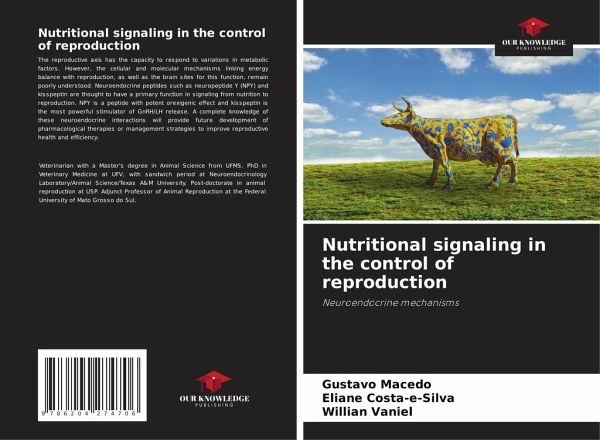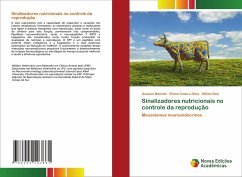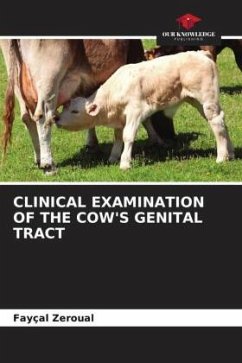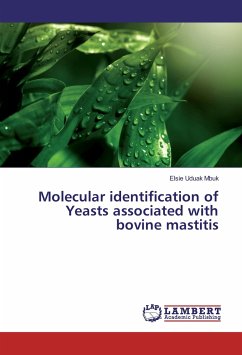
Nutritional signaling in the control of reproduction
Neuroendocrine mechanisms
Versandkostenfrei!
Versandfertig in 6-10 Tagen
27,99 €
inkl. MwSt.

PAYBACK Punkte
14 °P sammeln!
The reproductive axis has the capacity to respond to variations in metabolic factors. However, the cellular and molecular mechanisms linking energy balance with reproduction, as well as the brain sites for this function, remain poorly understood. Neuroendocrine peptides such as neuropeptide Y (NPY) and kisspeptin are thought to have a primary function in signaling from nutrition to reproduction. NPY is a peptide with potent orexigenic effect and kisspeptin is the most powerful stimulator of GnRH/LH release. A complete knowledge of these neuroendocrine interactions will provide future developme...
The reproductive axis has the capacity to respond to variations in metabolic factors. However, the cellular and molecular mechanisms linking energy balance with reproduction, as well as the brain sites for this function, remain poorly understood. Neuroendocrine peptides such as neuropeptide Y (NPY) and kisspeptin are thought to have a primary function in signaling from nutrition to reproduction. NPY is a peptide with potent orexigenic effect and kisspeptin is the most powerful stimulator of GnRH/LH release. A complete knowledge of these neuroendocrine interactions will provide future development of pharmacological therapies or management strategies to improve reproductive health and efficiency.












